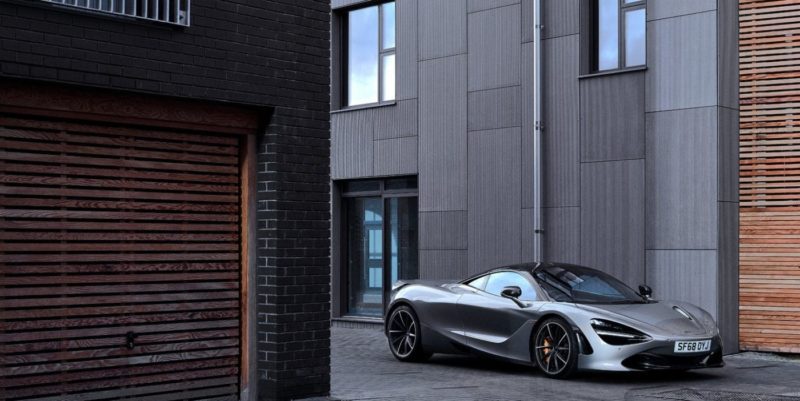Much of our modern society wouldn’t exist without steel. The process of making steel from iron was patented by Sir Henry Bessemer of Sheffield, England. His patent made possible the first large-scale steel plants, and after 1856 Sheffield transformed from a small town into the U.K.’s version of Pittsburgh. Over 200 steel plants flourished here during the industrial revolution, with peak production of 3.5 million tons in 1969. The area was hit hard in the 1970s, as Asian steel flooded the market. But Sheffield will rise again thanks to another critical material. This is how McLaren transformed a Steel City into a carbon fiber capital.
In their latest press release, we learn that metalworking employed a quarter of the population in the year 1379. An engineer named Harry Brearley patented Stainless Steel there in 1912. Innovation is nothing new to the workforce here, and that is why McLaren chose the site for their new Composite Technology Centre. Expansion is necessary when you build amazing cars, and the new facility will produce the light & stiff carbon fiber chassis on a grand scale. The Monocage and Monocell chassis are works of art, and they require a skilled workforce along with many hours to produce each one.
Their existing plant in Woking has been struggling to keep up with demand, and by relocating chassis production it will allow them to expand and improve their lineup. CEO Mike Flewitt said ‘The region has a long association with advanced materials; first with steel, and now a future to look forward to with carbon fibre innovation and production for McLaren”. Sheffield will once again lead the nation in producing the materials needed for the future. Research into graphene has been rumored, and it would make an unbeatable car. Kudos to McLaren for putting Sheffield back to work. Their first creation underpins the McLaren 720S Coupe and Spider, so click the link below to find one near you.
Related:
